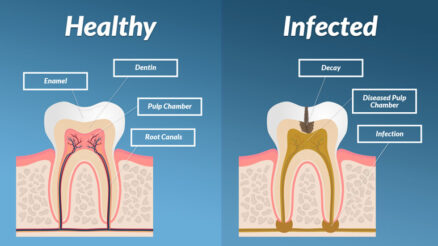Table of Contents
Kaposi sarcoma is caused by a virus called the Kaposi sarcoma herpesvirus (KSHV). The virus causes tumors and/or blotches on the skin that usually are red, purple or brown in color. In some people, these skin lesions may not cause any symptoms, but for others the lesions can cause very painful swelling, which is largely dependent on the particular location of the Kaposi sarcoma lesions.
There are different types of Kaposi sarcoma, which are classified by the particular type of people who are afflicted with the disease:
Epidemic (AIDS-related) Kaposi Sarcoma
In the United States, the development of Kaposi sarcoma mainly occurs in people infected with HIV. Once Kaposi sarcoma develops, it means that the person has officially developed AIDS. Before the AIDS epidemic, this form of cancer occurred in about every two out of a million people each year. The incidence grew to 47 cases per million people. Due to recent treatment advances for AIDS, the incidence has significantly decreased to six cases per million.
Classic (Mediterranean) Kaposi Sarcoma
This form of Kaposi Sarcoma typically occurs in elderly men and women of Mediterranean, Eastern European or Middle Eastern descent. In this form, the skin lesions that form do not develop and grow as quickly as in other forms.
Endemic (African) Kaposi Sarcoma
This type occurs in people living in Equatorial Africa and mainly affects people under the age of 40.It is a pretty aggressive form of the disease that affects the lymph nodes and can cause death within a year. Endemic (African) Kaposi sarcoma was the most common type of the disease in Africa until AIDS become prevalent. Now, epidemic (AIDS-related) Kaposi sarcoma is the most common form in Africa.
Iatrogenic (transplant-associated) Kaposi Sarcoma
This form of Kaposi sarcoma occurs when a person’s immune system has been suppressed following an organ transplant.
Treatment for the various forms of Kaposi sarcoma may include one or more of the following treatment options:
Highly Active Antiretroviral Therapy (HAART)
Since AIDS is an immune deficiency disease, people affected with Kaposi sarcoma are treated with a combination of anti-HIV drugs which usually include antiviral medications.
Surgery / Local Therapy
Surgery such as cryosurgery, local therapy such as a topical treatment or chemotherapy, or photodynamic treatment, which is applied directly to the lesions to help improve the overall cosmetic look of the lesions may be used to help a person look better. Unfortunately, these methods do not stop other Kaposi sarcoma lesions from forming.
Radiation Therapy
External radiation may be used to treat Kaposi sarcoma when there are only a few lesions in one area and/or to help reduce pain or swelling caused by the lesions.
Chemotherapy
Chemotherapy drugs that are part of a family of agents called liposomal anthracyclines since the drugs are enclosed in tiny fat molecules are first-line therapies for the treatment of Kaposi sarcoma. These particular chemotherapy agents may be used alone or in combination with other types of chemotherapy.
Biological Therapy / Immunotherapy
A form of cancer treatment that utilizes the body’s natural immune system to fight cancer, immunotherapy called interferon alpha was one of the first treatments developed to treat AIDS-related Kaposi sarcoma. It is not often used anymore because it can cause severe flu-like symptoms such as fever, aches, and chills, which some people may not be able to tolerate. Additionally, research has shown that it may not be very effective in people affected with AIDS.





